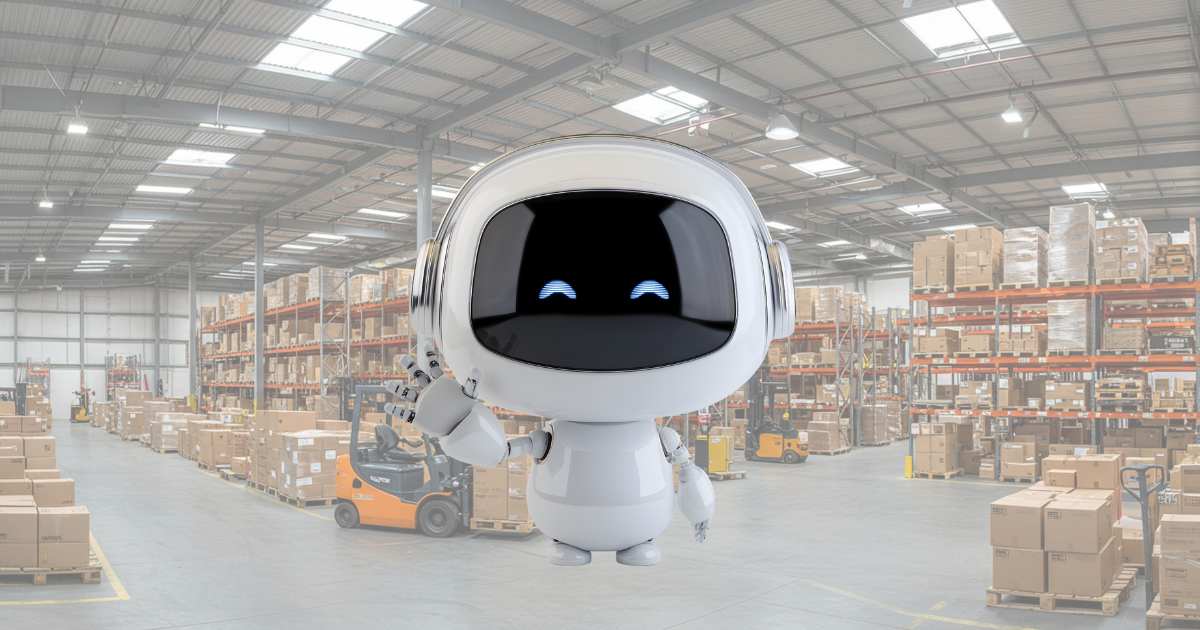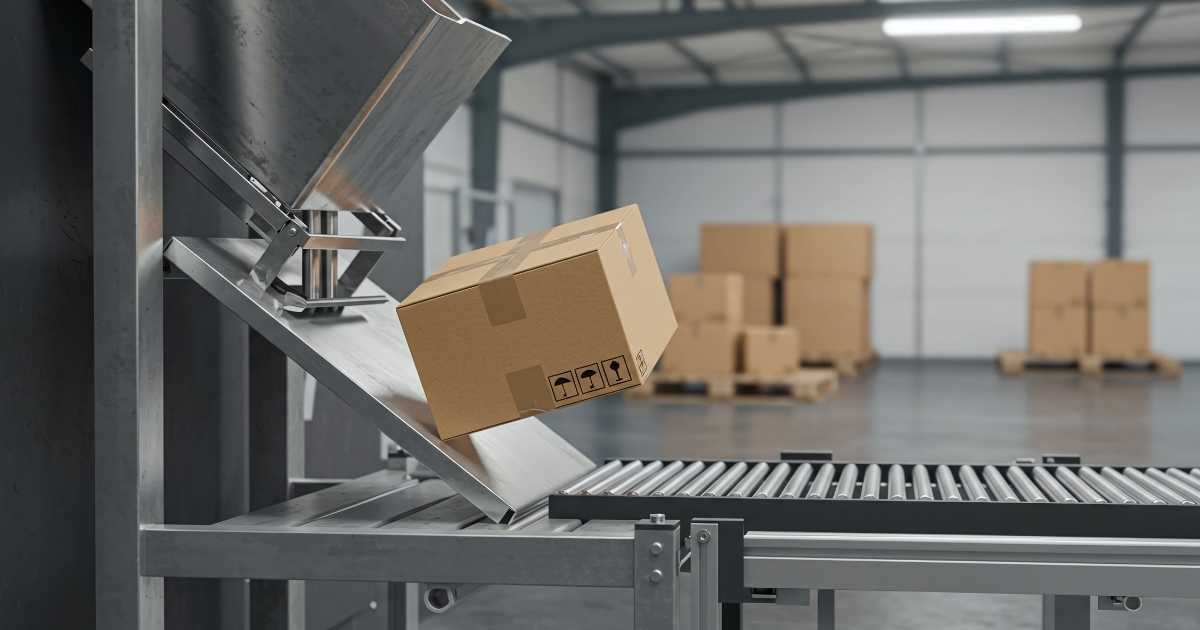Introduction
Artificial Intelligence (AI) has moved beyond theoretical value and become a transformative force in third-party logistics (3PL) providers, particularly in fulfillment warehouses and distribution centers. In an industry defined by speed, accuracy, and cost savings, AI is proving to be a game-changer. From automating inbound receiving to improving inventory accuracy and streamlining order fulfillment, integrating AI is not just optimizing operations; it’s also driving measurable financial returns. This article explores how AI is reshaping 3PL operations and highlights the real-world financial impact on labor costs, space utilization, order accuracy, and customer satisfaction.
Inbound Receiving: Faster Dock-to-Stock, Lower Operational Costs
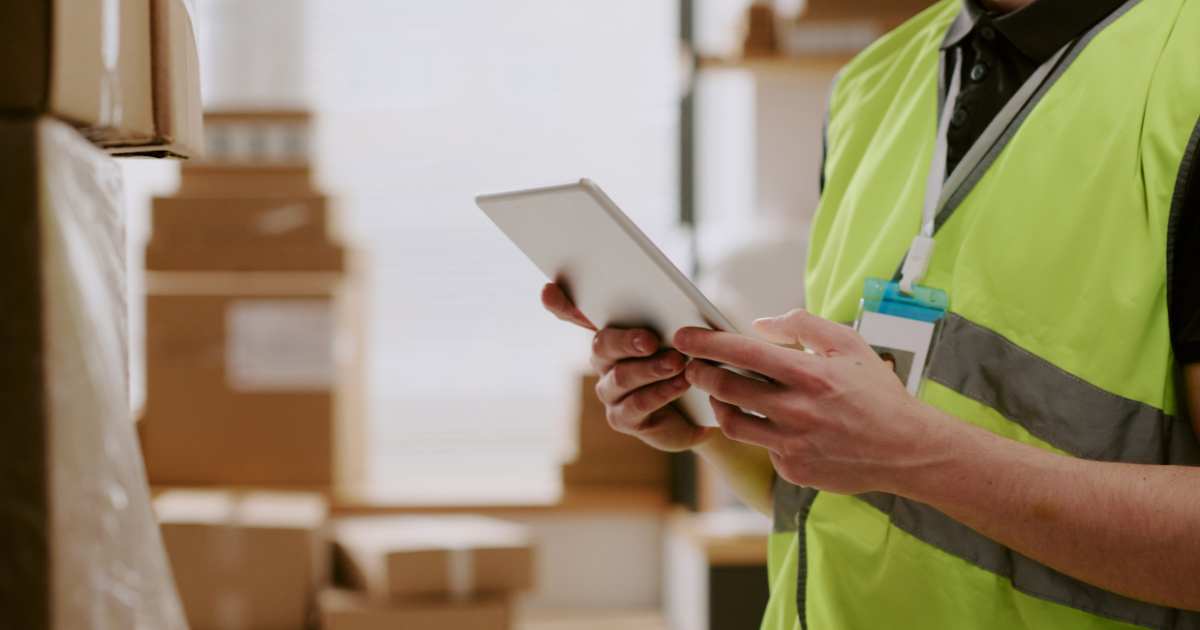
Inbound logistics provides the tone for the rest of the supply chain. Traditionally, this area is bogged down by paperwork, delayed check-ins, and manual data entry. AI introduces several advantages:
AI Tools in Use:
• Predictive Scheduling: Machine learning algorithms forecast arrival windows based on historical data and external factors like traffic or weather, enabling better staffing.
• AI-Powered OCR: Automated document recognition systems reduce reliance on human input for Bills of Lading, ASN (Advanced Shipment Notices), and packing slips.
• Discrepancy Detection: AI flags mismatches between expected and received shipments in real time, which reduces costly inventory errors downstream.
Financial Impact:
• Labor Savings: Companies report up to 20% reduction in headcount or labor hours required during peak receiving windows.
• Error Reduction: Minimizing check-in errors can lower write-offs and improve inventory accuracy by 15-30%, directly reducing loss and misplacements.
• Faster Turnaround: Reducing dock dwell time can improve warehouse throughput and increase capacity without expanding square footage.
Put-Away Optimization: Maximizing Space, Minimizing Motion
After receiving, the next bottleneck is efficient placement of goods. AI helps determine where products should go for fastest retrieval and optimal storage.
AI Tools in Use:
• Dynamic Slotting: Real-time algorithms analyze product characteristics (weight, size, frequency of pick) to suggest ideal storage locations.
• Layout Optimization: AI simulations recommend changes to the warehouse layout that improve flow and maximize cubic utilization.
• Automated Vehicles: AI-enabled forklifts and drones are beginning to assist or fully automate the physical placement of inventory levels.
Financial Impact:
• Increased Space Utilization: Better slotting and dynamic racking systems improve storage efficiency by 20-40%, often delaying the need for facility expansion.
• Reduced Travel Time: Optimized placement reduces picker walking time, contributing to a 10-25% improvement in labor productivity.
• Fewer Picking Errors: Proper put-away reduces the chance of mis-picks or location-based confusion, further decreasing costly fulfillment mistakes.
Inventory Accuracy: Real-Time Visibility and Predictive Control

Inaccurate inventory records can lead to stockouts, overstocks, and damaged client relationships. AI boosts inventory reliability by integrating real-time data collection and predictive analytics.
AI Tools in Use:
• Drone Auditing: Computer vision-equipped drones autonomously scan aisles to match physical inventory with records.
• IoT Sensors: Real-time sensors track product movement and environmental conditions (especially critical for perishables or pharma).
• Predictive Replenishment: AI forecasts when items will run low based on historical sales and seasonality, triggering automated restocking requests.
Financial Impact:
• Shrinkage Reduction: AI-powered tools that provide visibility reduces shrink rates (lost, stolen, damaged items) by up to 50%.
• Lower Holding Costs: Better forecasting reduces excess inventory, freeing up cash flow and lowering storage fees.
• Improved Fill Rates: Real-time inventory data increases order fill rates, directly improving client satisfaction and retention.
Order Fulfillment: Speed Meets Precision
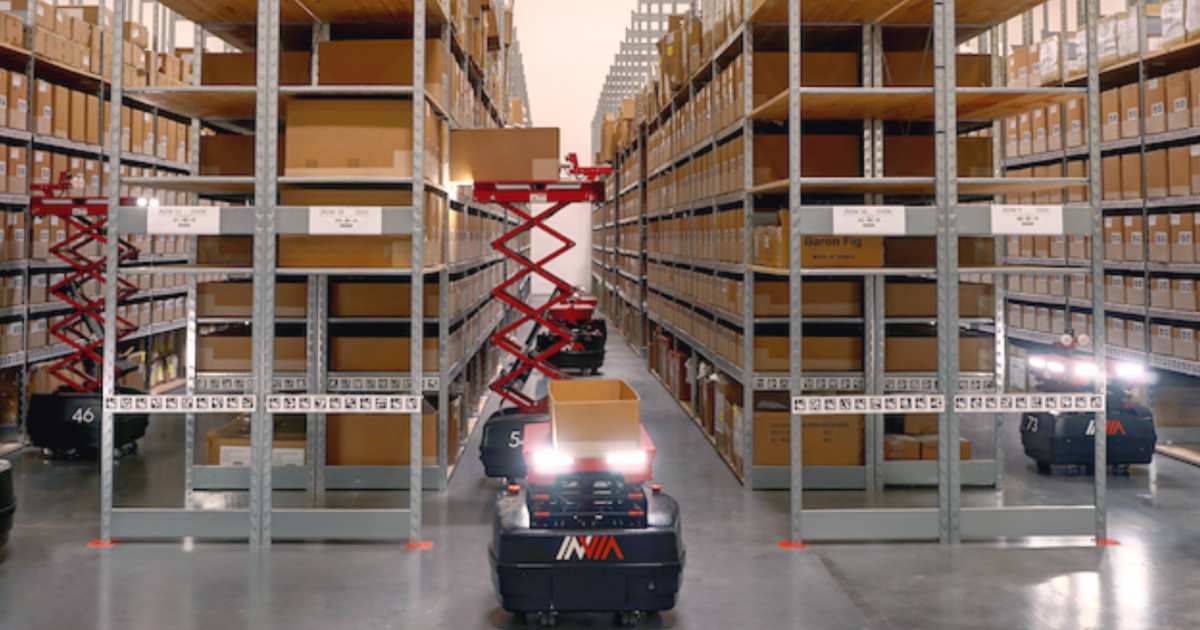
Faster order fulfillment is where operational efficiency meets customer satisfaction. AI enhances every step of the process from picking to packing and final shipping.
AI Tools in Use:
• Smart Batching: AI groups orders and determines optimal pick paths to minimize travel and reduce picking time allowing for sustainable growth.
• Labor Optimization: Machine learning tools allocate workforce dynamically, based on current order load and worker efficiency history.
• Vision Systems: AI validates item count, correct SKUs, and proper packing before a package is sealed.
Financial Impact:
• Labor Productivity Gains: AI-assisted pickers can see up to a 30% boost in orders picked per hour.
• Return Reduction: Accuracy-enhancing tools cut return rates due to mis-picks by 20-40%.
• Cost Per Order Decrease: By combining labor, accuracy, and time savings, AI can reduce cost-per-order by 15% or more.
The Future of AI in 3PL: What’s Next?
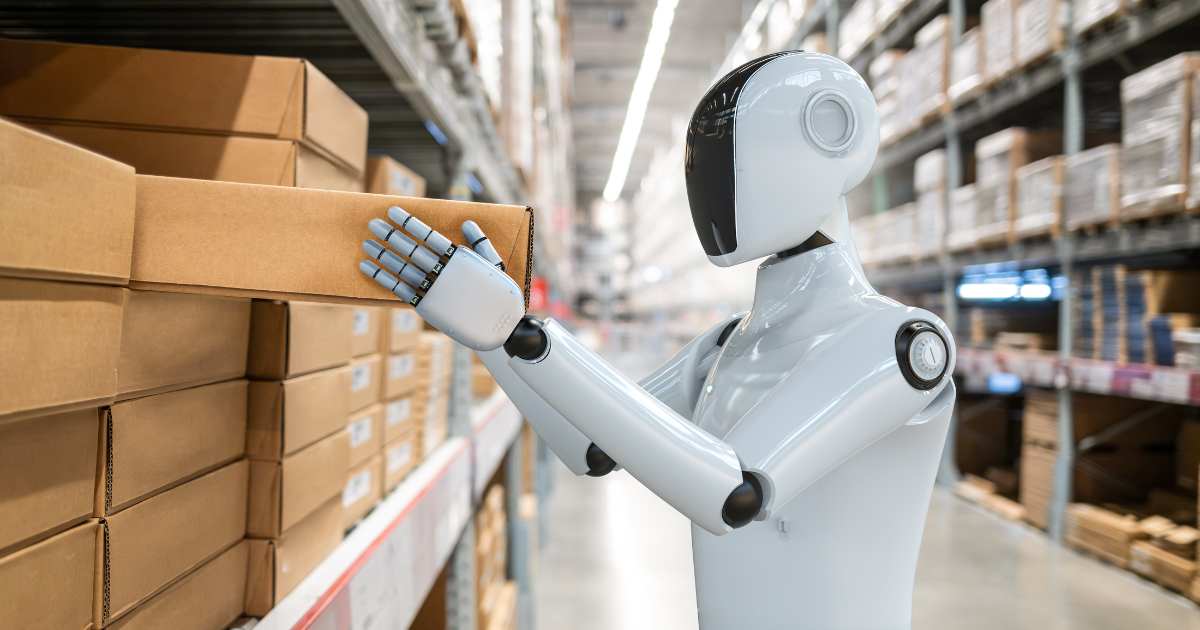
Digital Twins and Simulation
Entire warehouse operations systems will be replicated virtually, allowing real-time simulations of process changes, layout updates, or order surges, before they’re implemented physically.
AI-Powered Customer Service
Natural Language Processing (NLP) bots will soon assist clients with live order tracking, issue resolution, and even logistics forecasting.
AI + Robotics Integration
Autonomous Mobile Robots (AMRs) and collaborative bots will work alongside AI systems to handle repetitive tasks from receiving to shipping, boosting capacity without hiring.
Customized AI Solutions by Vertical
3PLs will increasingly tailor their AI strategies by industry (apparel vs. pharmaceuticals vs. B2B industrial), increasing ROI and client satisfaction.
Conclusion: Intelligence is the New Infrastructure
The 3PL fulfillment industry stands at the intersection of innovation and necessity. As client expectations grow and cost pressures rise, AI offers a powerful toolkit to meet modern logistics challenges. From labor savings and faster throughput to improved customer satisfaction and measurable ROI, AI isn't replacing the human element—it's amplifying it. The 3PLs that invest now are setting themselves up not just for competitiveness but for long-term sustainability in an increasingly complex supply chain ecosystem.
About a2b Fulfillment
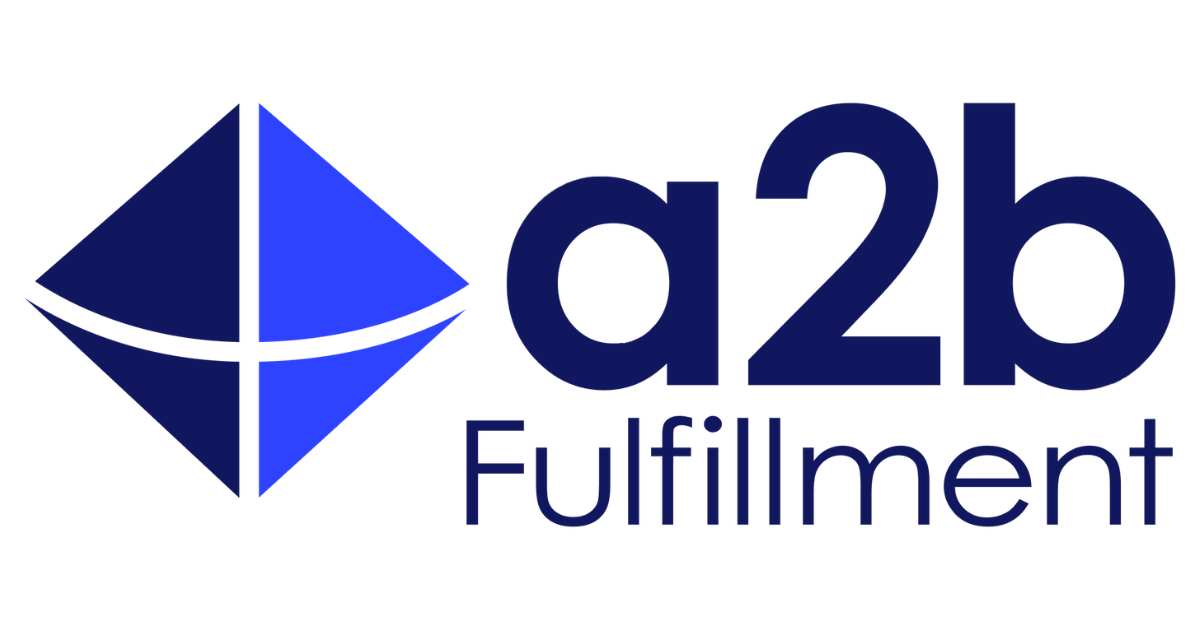
a2b Fulfillment is a full-service 3PL that utilizes automation, technology, and robotics in the order fulfillment process. We use a blend of technology and people to provide the fastest and most accurate 3pl services. Contact us to learn more.
